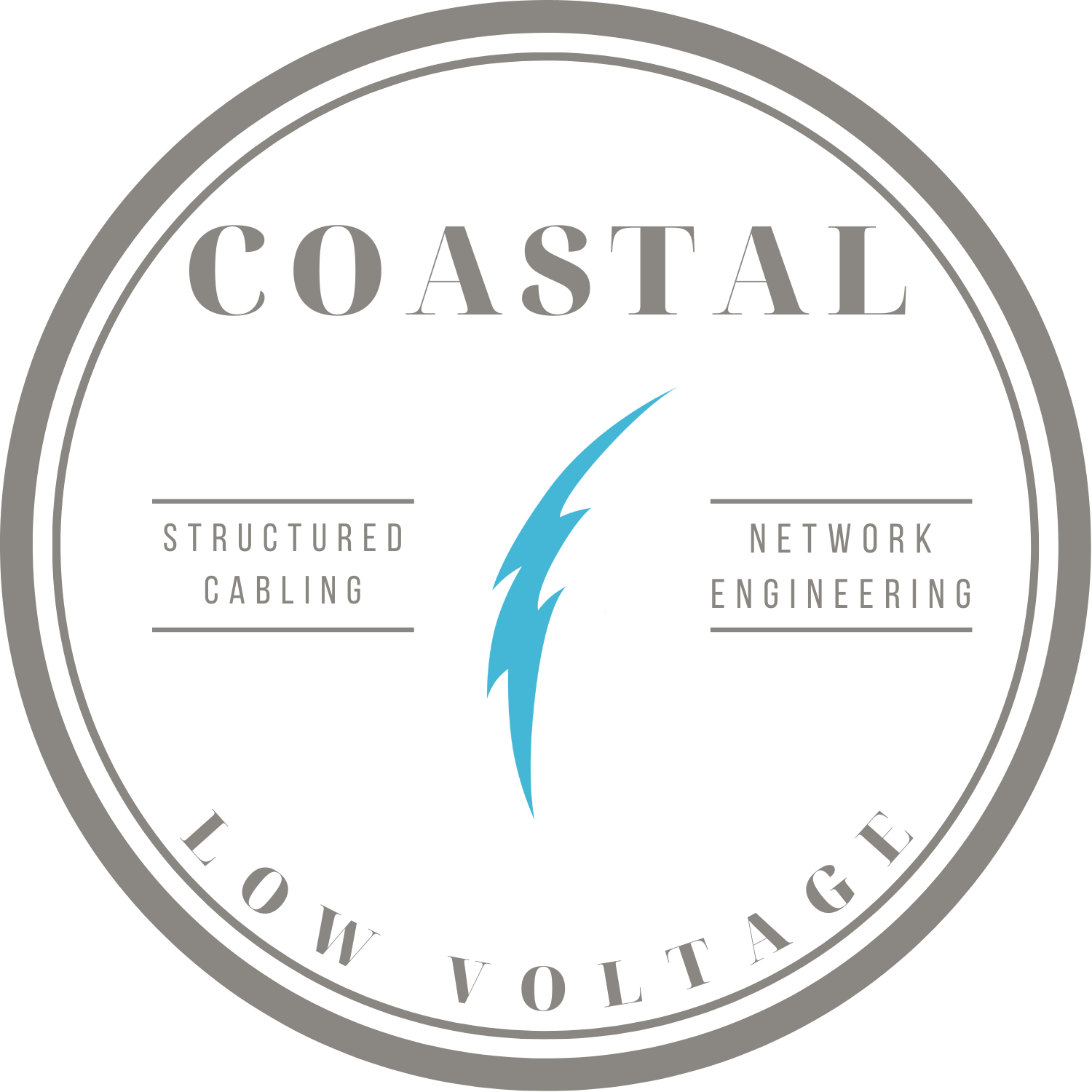
Horizontal Directional Drilling.
Transforming Underground Infrastructure.
How it works:
Horizontal directional drilling (HDD) offers substantial advantages across industries reliant on underground infrastructure installation. By allowing pipelines, cables, and conduits to be installed beneath obstacles like rivers, highways, and densely populated areas without disrupting surface activities, HDD minimizes environmental impact and reduces costs associated with surface restoration. This method enhances project feasibility in urban environments and sensitive ecosystems where traditional open-cut methods would be impractical or prohibited. HDD also promotes faster project completion times and reduces traffic disruptions, enhancing community satisfaction and minimizing inconvenience. Moreover, the precision and control HDD provides in navigating underground conditions ensure safer and more reliable installations, contributing to overall project reliability and longevity. These benefits make horizontal directional drilling an attractive choice for projects seeking efficient, environmentally responsible, and economically viable underground infrastructure solutions.
Telecommunications
Telecom companies use HDD to install fiber optic cables beneath roads, rivers, and urban areas without disrupting traffic or causing environmental damage.
Electricity Transmission
Electrical utilities use HDD to install underground power cables, particularly in urban areas or beneath water bodies where traditional trenching methods are impractical.
Oil and Gas Pipelines:
HDD is employed to install pipelines for transporting oil and natural gas across challenging terrains, such as mountains, rivers, and environmentally sensitive areas.
Water and sewer lines:
Municipalities utilize HDD to install water and sewer lines beneath existing infrastructure like roads and railways, minimizing disruption to daily activities and reducing costs.





